Yes, Virginia, there really is a right way to hold a chicken. Is it always necessary to hold a chicken correctly? No, but every chicken keeper should be aware of the proper method and use it during exams and bathing. Not only can handling a bird improperly stress the chicken unnecessarily, it can endanger their lives by restricting their ability to inflate their air sacs to breathe. Holding a chicken correctly allows you to examine a chicken easily, keeps them calm and securely supported by their keel, (breast bone) and has the added benefit of keeping the working end of the bird away from you, greatly reducing the chance of getting pooped on. You’re welcome!
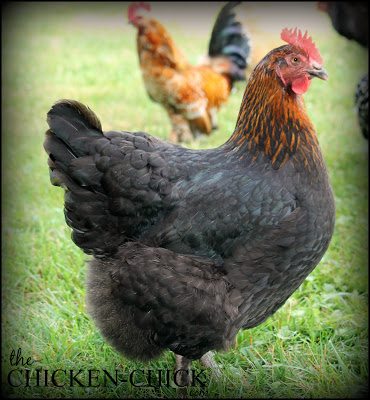
(Black Copper Marans hen)
Most chickens don’t care to be handled, so whenever possible, I recommend handling and examining chickens after dark when they’re half asleep on the roost and unable to see well enough to put up much of a fuss. Wear a headlamp or have a partner holding a flashlight for you while you work.
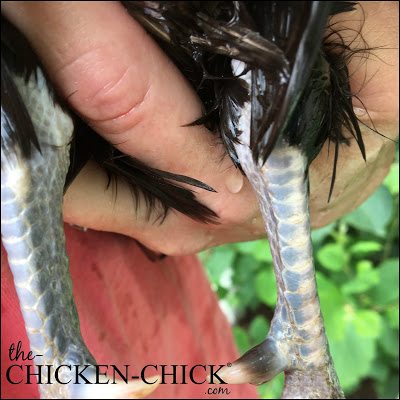
So, here’s how it’s done…with the chicken’s beak facing you and your palm facing up with fingers spread apart, slide your index finger between the legs. Allow the keel bone to rest on your palm and forearm. Wrap your pinky, ring finger and middle finger around one thigh while the thumb holds the other thigh. Ta-da! You’re doing it and the bird can still breathe freely!
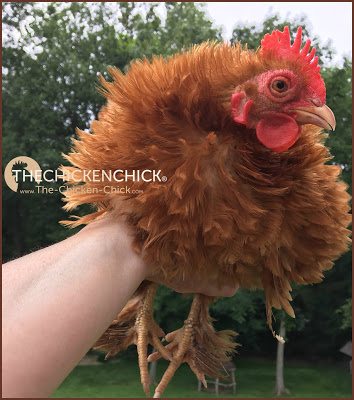
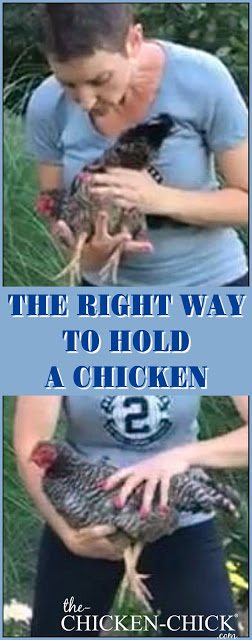
Always supervise children handling chicks. They should be instructed to support the chick in one hand underneath the feet and one hand gently securing the wings, and never squeeze. Small children really shouldn’t attempt to hold large fowl breeds; often they try to hold the chicken by hugging them, which squeezes the bird’s air sacs, preventing the bird from inflating them to breathe.
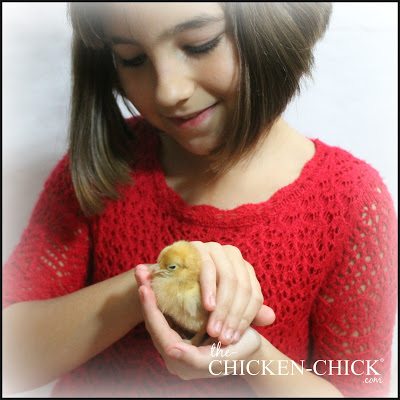
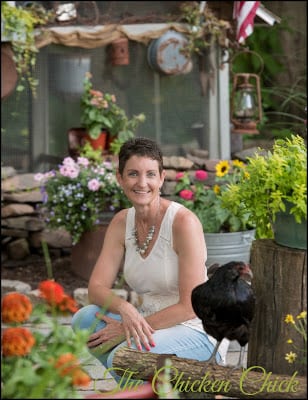
Kathy Shea Mormino
Affectionately known internationally as The Chicken Chick®, Kathy Shea Mormino shares a fun-loving, informative style to raising backyard chickens. …Read on


shop my SPONSORS
Yes, Virginia, there really is a right way to hold a chicken. Is it always necessary to hold a chicken correctly? No, but every chicken keeper should be aware of the proper method and use it during exams and bathing. Not only can handling a bird improperly stress the chicken unnecessarily, it can endanger their lives by restricting their ability to inflate their air sacs to breathe. Holding a chicken correctly allows you to examine a chicken easily, keeps them calm and securely supported by their keel, (breast bone) and has the added benefit of keeping the working end of the bird away from you, greatly reducing the chance of getting pooped on. You’re welcome!

(Black Copper Marans hen)
Most chickens don’t care to be handled, so whenever possible, I recommend handling and examining chickens after dark when they’re half asleep on the roost and unable to see well enough to put up much of a fuss. Wear a headlamp or have a partner holding a flashlight for you while you work.

So, here’s how it’s done…with the chicken’s beak facing you and your palm facing up with fingers spread apart, slide your index finger between the legs. Allow the keel bone to rest on your palm and forearm. Wrap your pinky, ring finger and middle finger around one thigh while the thumb holds the other thigh. Ta-da! You’re doing it and the bird can still breathe freely!


Always supervise children handling chicks. They should be instructed to support the chick in one hand underneath the feet and one hand gently securing the wings, and never squeeze. Small children really shouldn’t attempt to hold large fowl breeds; often they try to hold the chicken by hugging them, which squeezes the bird’s air sacs, preventing the bird from inflating them to breathe.





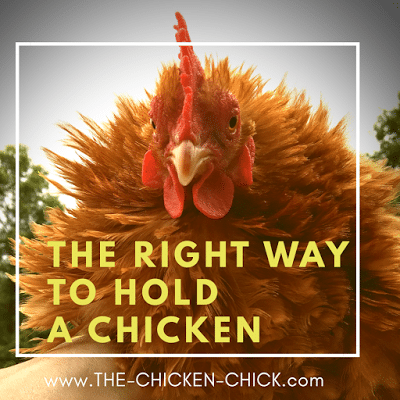














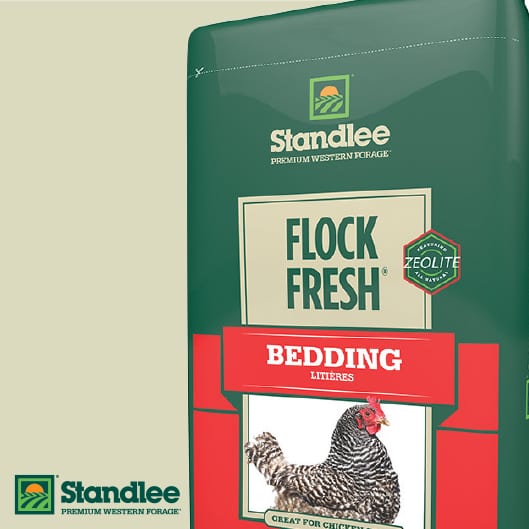












my little feathered family would love to play, snack and explore in this enclosure, thanks as always for the great tip :)
This is cool! We have trained the ladies to stay off the lawn. They have plenty of open field and woods to root around in! Still they occasionally “trespass”. If I’m working in the yard while supervising free-range time, this would be a good set up.
I would love to win the fencing. We lost our first chicken, Nugget, while free ranging. She disappeared without a trace. 2 weeks to the day, our other 3, Piper, Butterball, and Drumstick all disappeared. Again, without a trace. They were begging for treats at 4:30, at 5 they were gone. We never even found a feather. I’ve been heartbroken. We plan to get 4 more, but have decided to make a fenced in area, rather than complete free ranging. We knew we the risk of free ranging, but was not prepared to lose all of them. :(
I’d love to put the chicas to work around the yard in a portable pen. We have some areas that need some serious weeding!
Thanks for the info! I would love to have this fencing.